Description
Golden Rhomboidalis Fairy Wrasse Male, Cirrhilabrus rhomboidalis, also go by the name Rhomboid wrasse.
They make fantastic occupants to a marine tank, thanks to their stunning looks. Rhomboid wrasse have beautiful, soft purple, pink and yellow bodies, bejewelled with bright yellow spots and stripes. They have elegant diamond shaped tails. Their fins are also translucent, showing soft: yellow, purple and pink hues. Males have dark purple heads. Females have a dark purple cap and streak above their anal fin. Both have a bright orange rimmed eye.
Golden Rhomboidalis Fairy Wrasse Male, Cirrhilabrus rhomboidalis, Ecology:
These fish come from the Marshall islands and Kwajalein Atoll. Situated in the Western Central Pacific Ocean.
The complex habitat help the wrasse avoid predation. Unlike some species, these fish do not bury themselves to sleep or hide. Instead, they have quite a nifty trick. In order to sleep safely, Golden Rhomboidalis Fairy Wrasse find a nook they like. They then cover themselves in a protective mucus coat. Supposedly, this hides the wrasses scent from predators. These sticky invisibility cloaks do not degrade your water quality like some coral wax jackets’ might.
In Nature, Golden Rhomboidalis Fairy Wrasse live in groups with one male to a few or more females. Dominant males trigger spawning by preforming their courtship display. He will dash around, showing off his colours to the harem. These fish are protogynous hermaphrodites. Which means that, when they get old enough, breeding females turn into a male. As a result, all juveniles are immature females.
Rhomboid Wrasse in the Aquarium:
It is important to copy the natural environment by providing plenty of nooks and crannies for the wrasse to hide in. Hobbyists should get a jump guard to stop any unfortunate mishaps.
Golden Rhomboidalis Fairy Wrasse Male do best when fed a varied diet. They will accept enriched frozen mysis shrimp and enriched frozen brine shrimp. They will also eat live foods, such as copepods and amphipods, that can be cultivated in attached refugium. Over time they will accept high-quality pellet or flake. We adapt all our wrasse to aquarium life before they leave us. We focus on their health, and most are eating a good quality flake food and/or pellet, such as JBL Maris, before being offered for sale.
The Fish pictured here are representative only and the livestock you receive may vary in pattern, coloration, and shape.

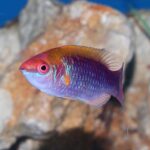
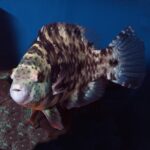

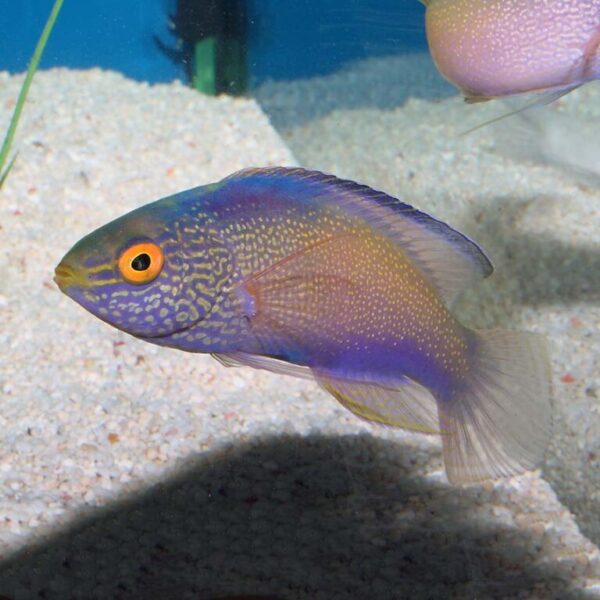
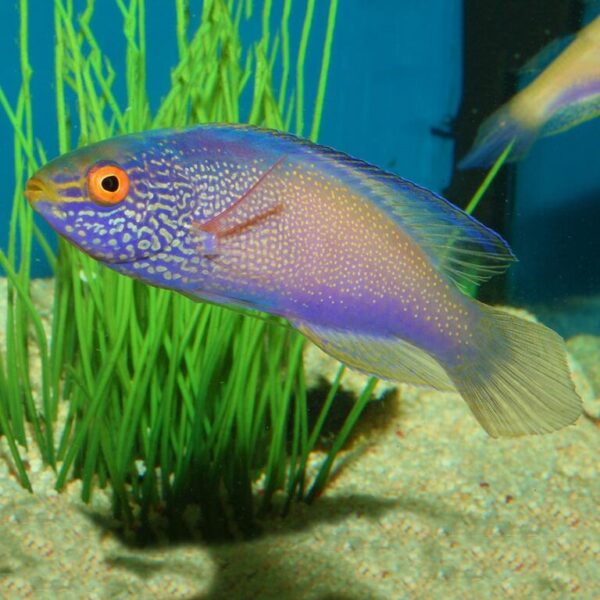


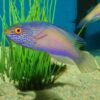



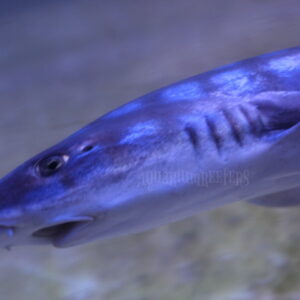
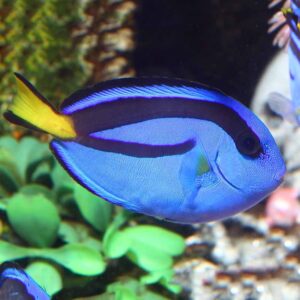
Reviews
There are no reviews yet.